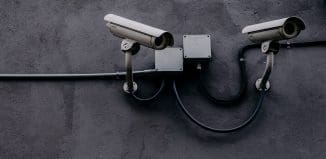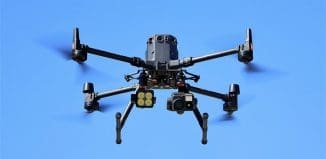The Face of the Bubbling Armed UAV Industry
This post is also available in:  עברית (Hebrew)
עברית (Hebrew)
The extensive use of drones by the US in Iraq and Afghanistan has raised debates over issues like civilian deaths, international law, efficacy of strikes and deterrence.
The Israeli Air Force used a weaponized drone, the Pioneer, in the 1982 war in Lebanon which impressed US for increased UAV procurement and research. Pioneer eventually made its American debut as well. Armed UAVs were widely used in Global War on Terror (GWOT), Operation Enduring Freedom (OEF), and Operation Iraqi Freedom (OIF) for intelligence, surveillance and reconnaissance purposes.
The 9\11 terrorist attack created a new demand to hunt down terrorists in remote areas of Afghanistan and Pakistan. Drones patrolled and destroyed Iraqi mobile radar units during Operation Southern Watch in preparation for the arrival of U.S. ground forces.
Today, the US uses three types of drones built by General Atomics with offensive capabilities: the MQ-1 Predator, the MQ-1C Sky Warrior, and the MQ-9 Reaper. The Predator is the most commonly used, while the Reaper (Predator B), is the largest and most powerful on which US has doubled its budget spending.
According to newdelhitimes.com, the US military uses weaponized UAVs in two broad ways – reconnaissance and hunter-killer missions in Afghanistan. While the military program operates exclusively in recognized combat zones, the CIA program flies drones over the tribal and civilian areas with the reluctant and implicit support of the Pakistani government, which publicly condemns but allows base for drones.
Drone surveillance and attack capabilities have been effective psychologically as fear keeps also plays a major part. But the collateral damages of these attacks – high civilian death, resultant public sympathy solidifying popular support for militants to generate more militants than those eliminated and creation of a siege mentality cause worry.
While drone attacks are the most effective weapon against terrorism, its net effects are difficult to judge. It is perceived as a cheaper ‘costless war’ with no human costs as the risk of a pilot’s life is eliminated which smothers public’s objection to war. Armed UAVs provide troops several advantages like surveillance, precision, more accurate intelligence, and a firmer grip of the battlefield by executing ‘dull, dirty and dangerous’ tasks.
The presence of armed drones is a reality of the modern battlefield, but only a limited group of countries has the technological ability to produce them or the military capacity to operate them. The United States once held the edge in drone development and use. Many countries have sought access to, only a few have found willing suppliers, even fewer have actually employed the drones.
Currently, US and China export armed drones, and Israel is in the vicinity. China, in particular, has grown as a global exporter of unmanned combat systems. In absence of competition, exporters are not keen to establish a legal framework to curb their proliferation.
As Russia, Turkey, South Korea and others join the market, a surge in globally available systems for a fruitful market could lead to a new dangerous era. While the US has increased its budget to modernize UAVs to continue to be the leader in the development of armed drone technology, commercially China has taken the lead in drone exports, to command a bigger influence on the application of armed systems.




























